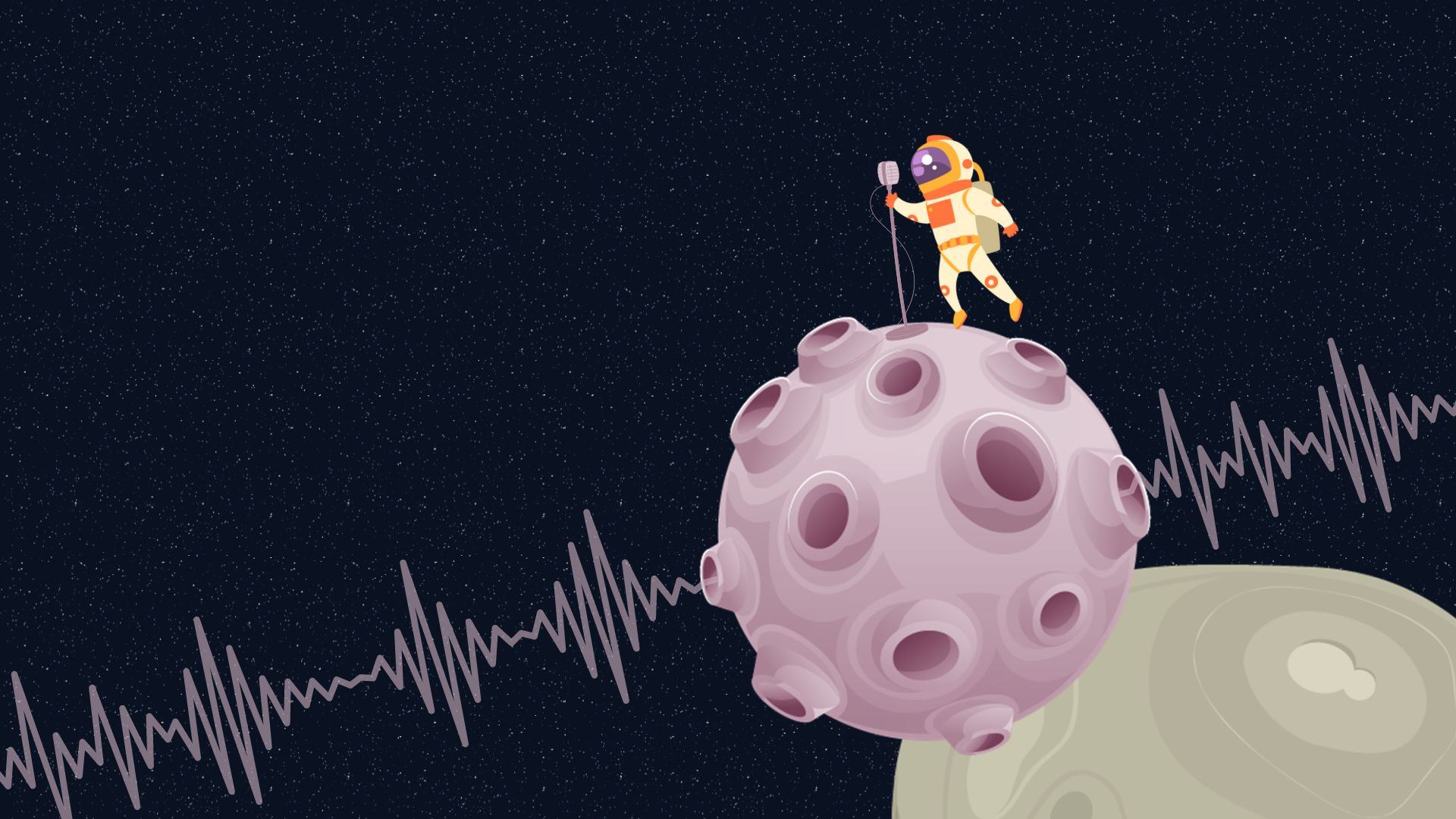Poetry is an art form that has been around for centuries, encompassing a wide range of styles and forms. Each type of poetry is unique, with its own set of rules and characteristics. In this blog post, we will explore some of the most popular types of poetry, including haiku, sonnet, villanelle, and more.
Haiku
A haiku is a form of Japanese poetry that typically consists of three lines. The first and third lines contain five syllables, while the second line contains seven syllables. Haikus often focus on nature and the changing of seasons. Here’s an example of a haiku:
Cherry blossoms bloom,
Softly falling from the tree,
Petals on the breeze.
Sonnet
A sonnet is a 14-line poem that originated in Italy during the Renaissance. Sonnets are typically written in iambic pentameter, which means each line contains ten syllables with an emphasis on every other syllable. There are two types of sonnets: the Italian sonnet (or Petrarchan sonnet) and the Shakespearean sonnet. The Italian sonnet has a rhyme scheme of abba abba cde cde, while the Shakespearean sonnet has a rhyme scheme of abab cdcd efef gg. Here’s an example of a Shakespearean sonnet:
Shall I compare thee to a summer’s day?
Thou art more lovely and more temperate:
Rough winds do shake the darling buds of May,
And summer’s lease hath all too short a date:
Villanelle
A villanelle is a 19-line poem that has a strict rhyme scheme and repeating lines. The first and third lines of the first stanza are repeated throughout the poem, with the first line becoming the last line of the second and fourth stanzas, and the third line becoming the last line of the third and fifth stanzas. The final stanza consists of both repeated lines. Here’s an example of a villanelle:
Do not go gentle into that good night,
Old age should burn and rave at close of day;
Rage, rage against the dying of the light.
Free Verse
Free verse is a type of poetry that doesn’t follow any set rules or patterns. Unlike haikus, sonnets, and villanelles, free verse allows the poet to experiment with form, rhythm, and structure. Free verse can be written in any length, and there are no restrictions on the number of lines or syllables. Here’s an example of a free verse poem:
The leaves rustle beneath my feet,
A subtle hint of their impending decay.
The sun sets, and the hush of dusk settles in.
It’s the time of day when nature pauses,
Taking a breath before the night begins.
Poetry is a beautiful and diverse art form that can take on many different forms and styles. Whether you prefer the concise and structured nature of a haiku or the freedom of expression that comes with free verse, there is a type of poetry for everyone. We hope this blog post has helped you discover some of the most popular types of poetry and inspired you to explore more.



